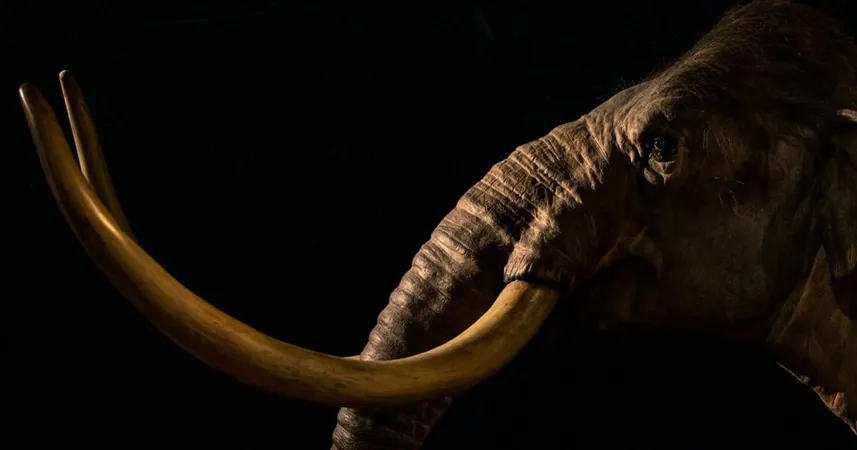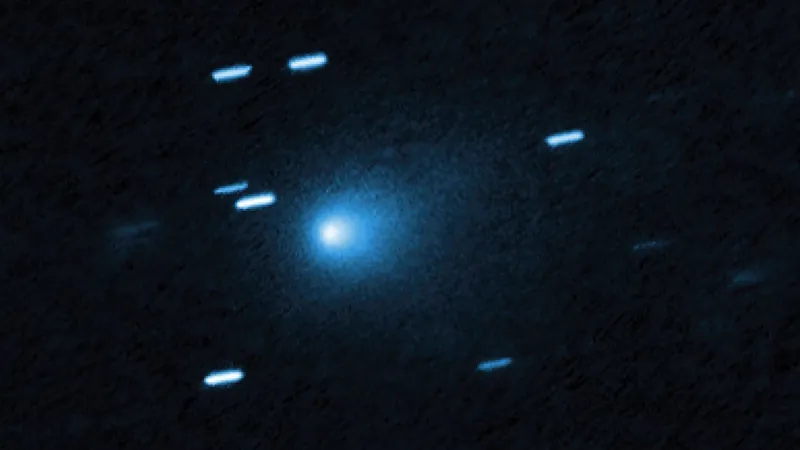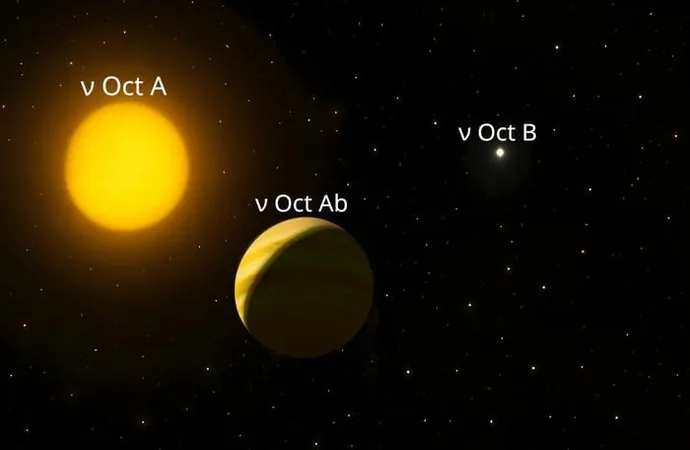
Unveiling the Past: One Million-Year-Old DNA Found in Woolly Mammoth Remains
2025-09-02
Author: Amelia
Revolutionary Discovery of Ancient DNA
In a groundbreaking revelation, scientists have uncovered DNA that dates back over a million years within the remains of woolly mammoths! This astounding find not only pushes the boundaries of ancient DNA research but also introduces intriguing questions about the health and diseases of these magnificent creatures.
A Glimpse into Extinction
An international research team, spearheaded by the Centre for Palaeogenetics in Sweden, meticulously analyzed microbial DNA from 483 mammoth specimens, leading to the sequencing of 440 for the very first time. Among these fossils is a steppe mammoth that roamed the Earth approximately 1.1 million years ago.
Microbes: Friends or Foes?
Using cutting-edge genomic techniques, the researchers successfully distinguished between microbes that coexisted with the mammoths and those that invaded post-mortem. Dr. Benjamin Guinet, the study's lead author, expressed awe at the discovery: "Imagine holding a million-year-old mammoth tooth carrying traces of ancient microbes. Our findings expand the field of microbial DNA study beyond anything previously imagined!"
Potential Pathogens in Ancient Times
Among the findings, the team identified six microbial groups consistently linked with their mammoth hosts, including relatives of Streptococcus and Pasteurella—some of which could have been pathogenic. Notably, one bacterium related to Pasteurella is closely tied to a pathogen known for fatal outbreaks in contemporary African elephants. This raises profound questions about whether woolly mammoths faced similar health threats.
Pushing the Boundaries of Research
The research team reconstructed partial genomes of Erysipelothrix from a 1.1-million-year-old steppe mammoth, marking the oldest known microbial DNA linked to a host. Senior author Dr. Tom van der Valk noted, “The challenge was immense—like tracing a trail that kept evolving over millennia. Our discoveries reveal how ancient remains can preserve insights far beyond just the host genome.”
Unlocking the Secrets of Prehistoric Life
While determining the exact effect of these microbes on mammoth health remains challenging due to DNA degradation, the study offers a remarkable look into the microbiomes of these extinct giants. Published in the journal Cell, the findings suggest that some microbial lineages cohabited with the mammoths, spanning wide geographical ranges and evolutionary time, right up to their extinction on Wrangel Island around 4,000 years ago.
A New Era for Extinct Species Research
Love Dalén, an expert in ancient DNA and Professor of Evolutionary Genomics, stated, "This research opens a thrilling new chapter in understanding extinct species. We can now peer into the microbial communities that inhabited these magnificent beasts, revealing secrets of their biology and ecology in ways previously thought impossible."









 Brasil (PT)
Brasil (PT)
 Canada (EN)
Canada (EN)
 Chile (ES)
Chile (ES)
 Česko (CS)
Česko (CS)
 대한민국 (KO)
대한민국 (KO)
 España (ES)
España (ES)
 France (FR)
France (FR)
 Hong Kong (EN)
Hong Kong (EN)
 Italia (IT)
Italia (IT)
 日本 (JA)
日本 (JA)
 Magyarország (HU)
Magyarország (HU)
 Norge (NO)
Norge (NO)
 Polska (PL)
Polska (PL)
 Schweiz (DE)
Schweiz (DE)
 Singapore (EN)
Singapore (EN)
 Sverige (SV)
Sverige (SV)
 Suomi (FI)
Suomi (FI)
 Türkiye (TR)
Türkiye (TR)
 الإمارات العربية المتحدة (AR)
الإمارات العربية المتحدة (AR)